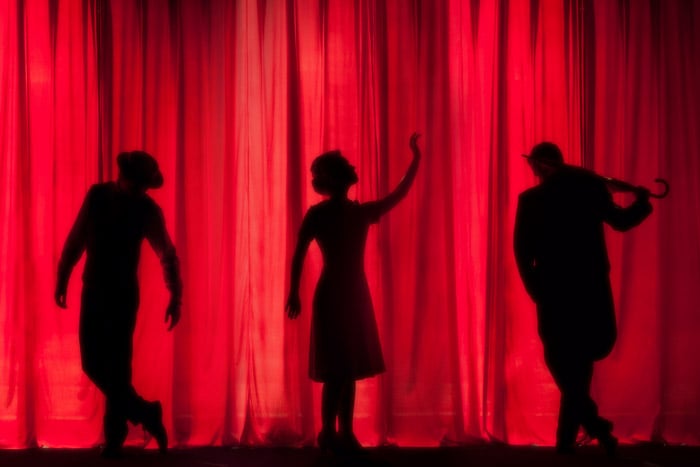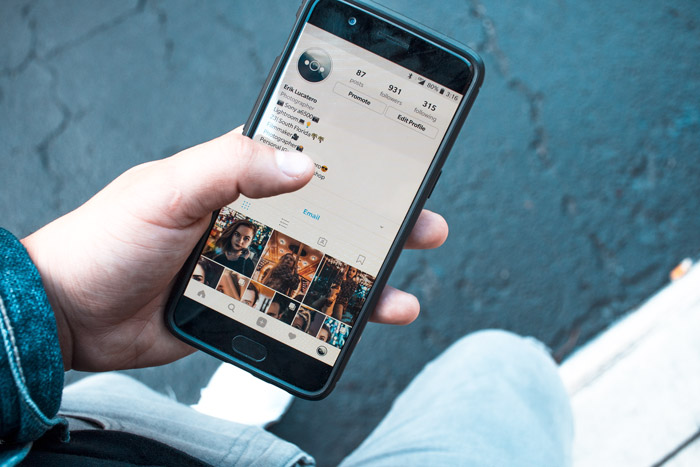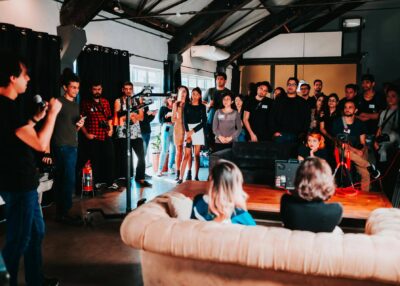How to Promote Performing Arts Events on Social Media: 8 Tips for Maximizing Your Reach Online
Performing arts events can be a great way to bring people together, showcase creativity, and create memorable experiences. However, promoting these events can be a challenge, especially in today's digital world where social media dominates the marketing landscape.
To help you maximize your reach and engagement on social media, we've put together some tips and best practices for promoting performing arts events.
1. Identify Your Target Audience
Before you begin promoting your event on social media, it's important to identify your target audience. Who are you trying to reach? What are their interests, age range, and location? By understanding your target audience, you can tailor your marketing messages and select the right social media platforms to reach them.
2. Utilize Multiple Social Media Platforms
Different social media platforms appeal to different demographics and audiences. For instance, younger audiences tend to use TikTok and Instagram, while Facebook is more popular among older audiences. Twitter is a great platform to engage with your followers and share live updates about your event. LinkedIn can also be useful if you are targeting professionals in the performing arts industry.
3. Create Engaging Visuals
Visual content is more engaging and attention-grabbing than text alone.
Therefore, it's important to create visually appealing content to promote your event. This includes high-quality photos and videos of previous performances, behind-the-scenes footage, and promotional graphics. Don't forget to add captions and descriptions to your visuals that are inclusive and diverse, using language that promotes your values and mission.

4. Use Hashtags
Hashtags are a powerful tool for reaching a wider audience on social media. When promoting your performing arts event, use relevant hashtags that your target audience is likely to search for. Use popular hashtags like #performingarts, #theater, #dance, #music, and add local or regional hashtags to reach people in specific locations. By using hashtags, you can increase the visibility of your content and connect with new followers.
5. Collaborate with Influencers and Partners
Collaborating with influencers and partners can help increase the visibility of your event and reach new audiences. For example, you can team up with a local arts organization or a popular social media influencer who shares your values and mission.
In addition to increasing your reach, collaborations can also help establish your event as a trusted and reputable brand.
6. Host Contests and Giveaways
Hosting contests and giveaways on social media can be an effective way to generate buzz and engagement around your event. For example, you can offer free tickets or merchandise to people who share your content, tag their friends, or create user-generated content related to your event.
This not only helps to boost engagement but also increases the chances of your content being shared and seen by a wider audience.

7. Engage with your followers
Social media is all about building relationships and engaging with your followers. Therefore, it's important to respond to comments, messages and mentions on your social media profiles. This not only helps to build trust and credibility with your audience but also creates a sense of community and connection around your event.
8. Measure Your Results
Finally, it's important to track and measure your social media results to see what's working and what's not. Use social media analytics tools to track your engagement, reach, and conversions. This will help you identify areas for improvement and make data-driven decisions to optimize your social media strategy.
Above all, promoting inclusivity and diversity in your social media content and messaging is crucial. The performing arts industry is diverse and inclusive, and your social media presence should reflect those values. By using inclusive language and showcasing diverse performers and artists, you can attract a wider audience and establish your event as a welcoming and inclusive space for everyone.
Remember, social media is just one part of your overall marketing strategy. By utilizing a combination of tactics and staying committed to promoting inclusivity and diversity, you can create a memorable and successful performing arts event.






